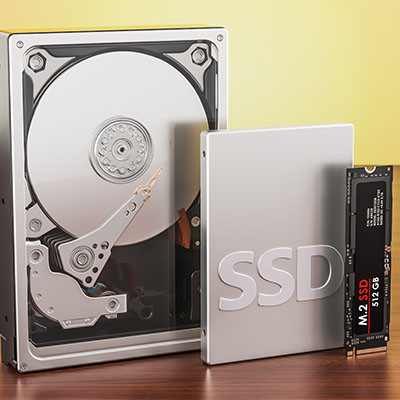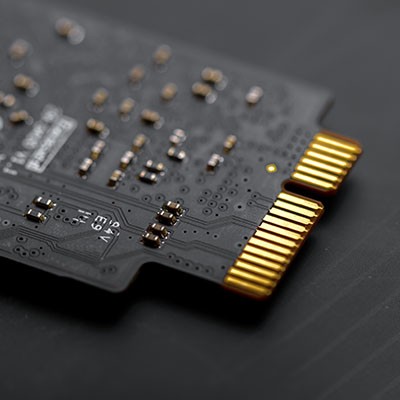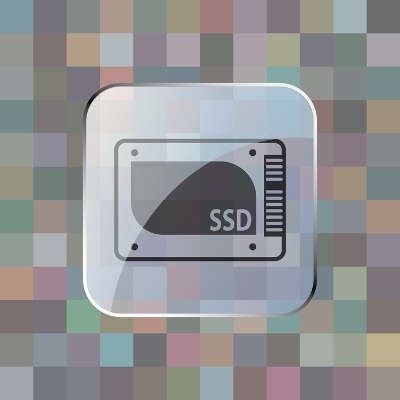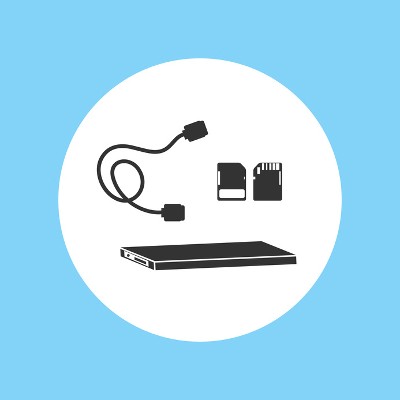When it comes to drives for your computer or workstation, you have a couple of options available to you, one of which is the solid state drive, or SSD. What’s the difference between your typical hard drive and an SSD, you ask? Well, today we’ll find out. We’ll break down some of the details about SSDs, including how they are different from your traditional hard disk drive, and why you might consider implementing one.
EZ MSP Blog
Few things are more frustrating and annoying than a slow computer. There are a lot of things that can slow a computer down, too: viruses and malware, excess applications running in the background, even time can seem to turn a relatively fast computer into a slow-as-molasses impediment to productivity.
If your computer is overall healthy but starting to slow down, there is one simple upgrade that can make a whole world of difference.
In recent years, the familiar hard disk drive has slowly been losing ground to the much faster solid state drive. As they operate through very different processes, there are a few critical differences that you need to be aware of: SSDs have a limit to how many times data can be rewritten on the drive. This limit isn’t small, a standard consumer SSD drive is rated to sustain 40 gigs of data writing per day for 10 years. This may seem like a lot, but you’ll only get good results if you meet certain requirements and practices.
Any business venture nowadays is apt to utilize a lot of data, and therefore will require plenty of digital storage space to accommodate its needs. As a result, selecting a storage device is an important decision to make - especially when one is trying to decide between a Solid State Drive (or SSD) or a Hard Disk Drive (HDD) storage solution. A quick comparison between the two will help you choose one over the other.




